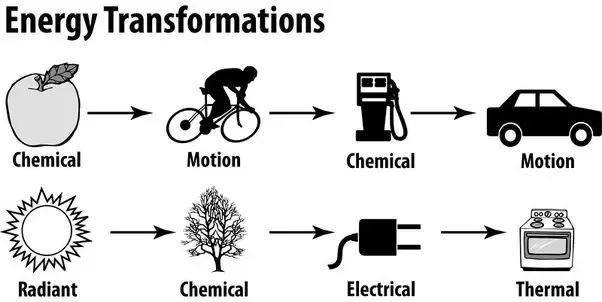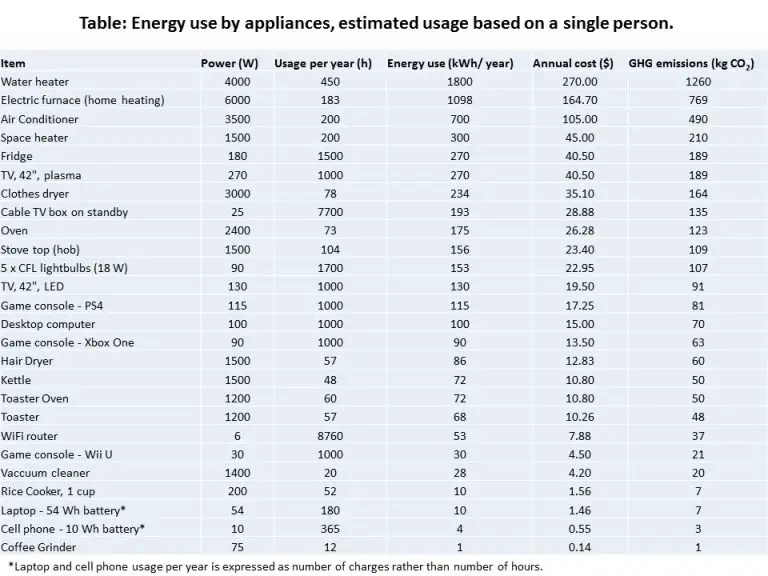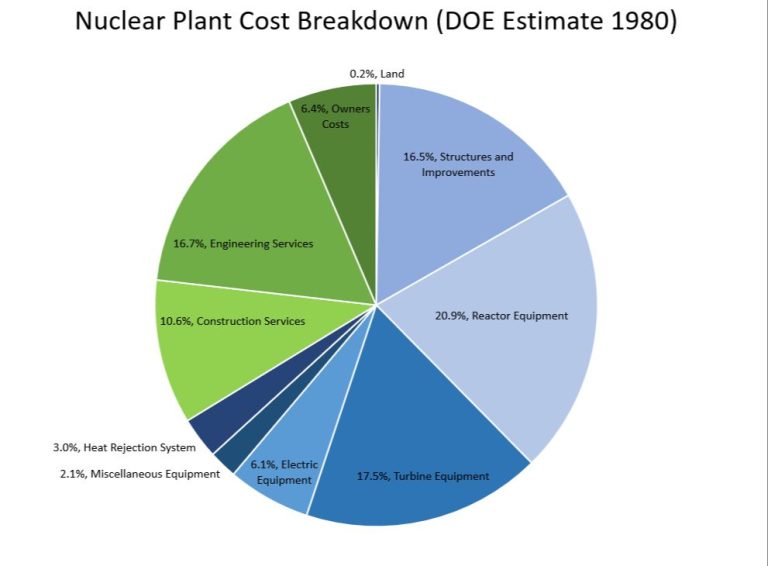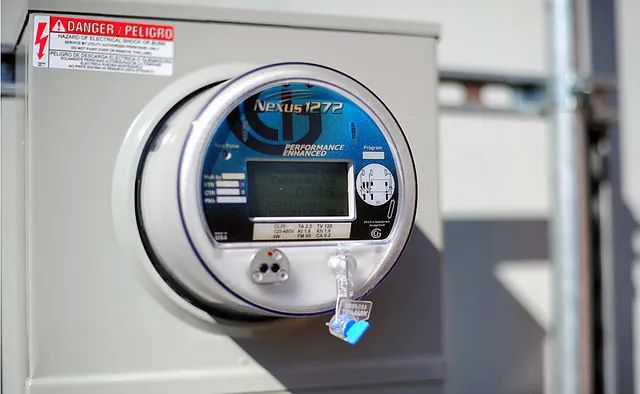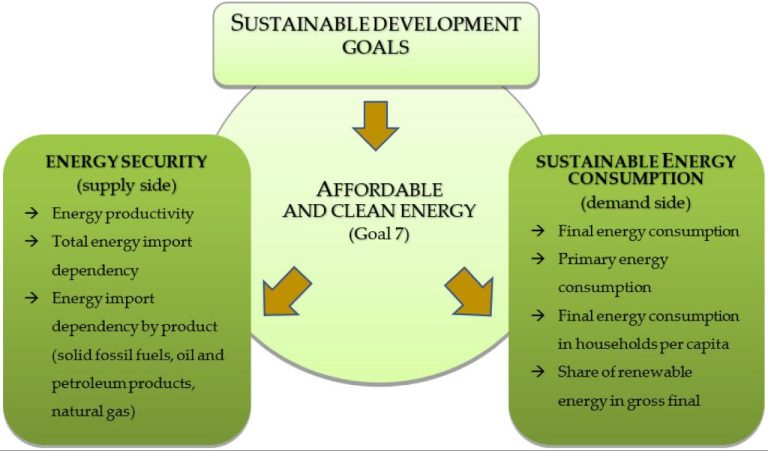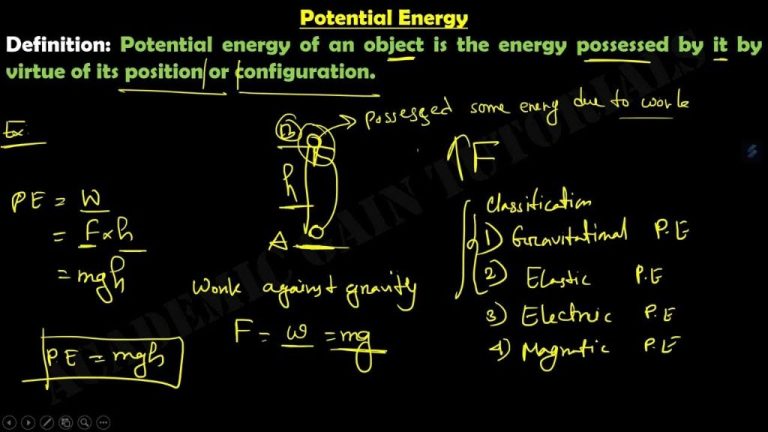What Is The Potential Of Energy Efficiency In India?
India has tremendous potential to improve energy efficiency across all sectors of its economy. With the world’s third largest energy consumption and demand rapidly rising, energy efficiency can help ensure energy access and security for India’s massive population. Strategic implementation of efficiency policies and technologies can curb energy demand growth, reduce costs, increase competitiveness, and lower environmental impacts. India has already embarked on major efficiency initiatives, but fully tapping its efficiency potential requires expanding programs, incentives, and investments in more productive technologies. With supportive policies and public-private collaboration, India can transition to a sustainable, low-carbon economy through energy efficiency.
Current Energy Usage
India relies heavily on coal for its energy production. According to a report by The Coal Hub, coal accounted for over 70% of India’s total electricity generation in 2012 (The Coal Hub). This reliance on coal is projected to continue, with some estimates suggesting that coal will account for approximately 60-65% of India’s energy mix by 2030-2047
.
India’s energy demand has been growing rapidly, and the country currently consumes about 1,000 million tonnes of oil equivalent of primary energy and is expected to roughly double its energy consumption by 2040. This is due to anticipated growth in population, urbanization industrialization and motorization (ESPO). As energy demand is outstripping supply, India is grappling with energy shortages.
Energy Demand Growth
India’s energy demand is projected to grow significantly in the coming years. According to ICRA, India’s energy demand growth is forecasted to increase by 2-2.5% in fiscal year 2022 ICRA improves energy demand outlook for FY2022. The country’s gross domestic product (GDP) is correlated with energy demand, so as GDP rises, energy demand will also increase. India has a large population and a rapidly growing economy, which will drive growth in energy needs.
By 2040, India is projected to see the largest increase in energy consumption globally, with energy demand growing by 4.2% per year according to OPEC’s World Oil Outlook 2021. Oil demand is expected to rise to 11 million barrels per day by 2045 and natural gas consumption is projected to more than double. This substantial growth in energy demand presents both an opportunity and challenge for India to meet its needs in a sustainable manner through energy efficiency and renewable sources.
Energy Efficiency Benefits
Energy efficiency improvements offer significant benefits for India’s energy security and sustainability. According to the IEA, India’s robust energy efficiency policies have successfully reduced energy use and emissions from key sectors.1 Energy efficiency helps lower energy imports and reliance on fossil fuels. In 2018, mandatory energy efficiency policies covered 24.5% of India’s energy use, yielding major savings.2
Furthermore, energy efficiency provides environmental benefits by reducing carbon emissions and air pollution from power generation. The IEA estimates India avoided over 15% of its annual CO2 emissions through energy efficiency measures in 2018.2 This has positive impacts on public health and sustainability. Overall, energy efficiency offers a cost-effective pathway for India to continue its rapid development while minimizing energy imports and environmental impacts.
Government Initiatives
The Indian government has implemented several major initiatives focused on energy efficiency gains in recent years. The flagship program is the National Mission for Enhanced Energy Efficiency (NMEEE), launched in 2008 as one of the key national missions under the National Action Plan on Climate Change. NMEEE aims to strengthen the market for energy efficiency through various regulatory and voluntary mechanisms across different sectors of the economy. Key initiatives under NMEEE include the Perform, Achieve and Trade (PAT) scheme for large industries, energy efficiency financing platforms, and the development of energy consumption norms and labeling programs. As of 2018, 24.5% of India’s total energy use was covered under mandatory energy efficiency policies, with PAT being the largest contributor.
The government has also developed energy conservation building codes to promote energy efficient design and construction. The Energy Conservation Building Code (ECBC) sets minimum efficiency standards for new commercial buildings. Compliance with ECBC has been voluntary at the national level but has been made mandatory by several states including Rajasthan, Odisha, and Uttarakhand. Under the Government’s scheme for Energy Efficient appliances, the Bureau of Energy Efficiency develops star rating labels that grade appliance efficiency and help consumers make informed choices.
Industrial Efficiency Gains
There is significant potential for industrial energy efficiency improvements in India. Studies estimate the total potential savings at 18-33% (https://documents1.worldbank.org/curated/en/968091468048913492/text/PAD9800P1289210R2015000020100OUO090.txt). Switching to more efficient motors and optimizing industrial processes through technology upgrades and improved maintenance practices are two key ways India can realize these major efficiency gains.
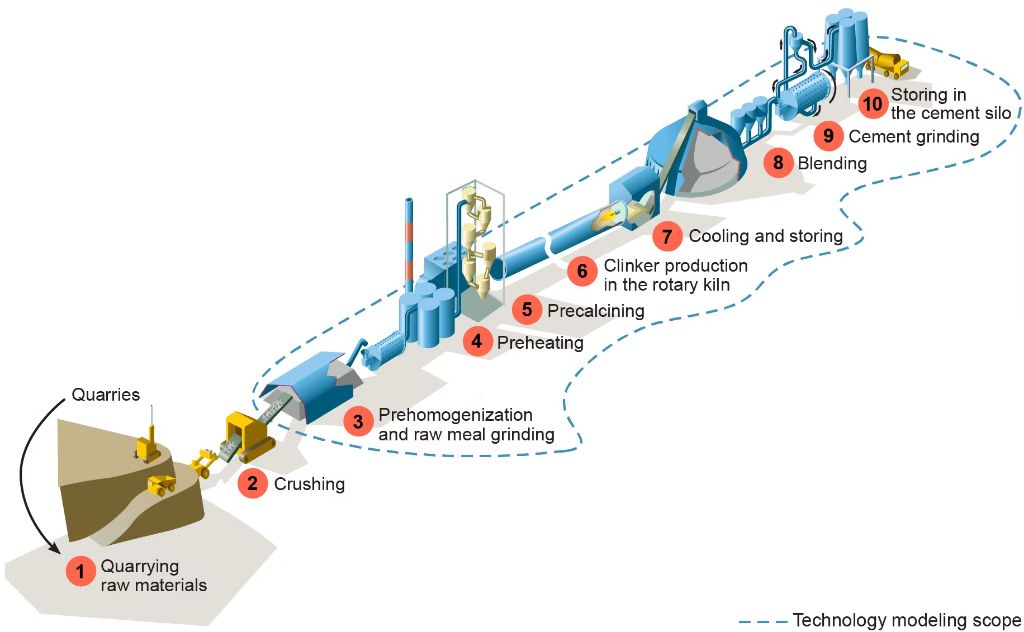
Upgrading motors and pumps to energy-efficient models can reduce energy use by 20-25%. Many Indian industries still utilize older, inefficient motor systems. Replacing these with premium-efficiency motors represents a major opportunity. The investment often pays for itself within 2 years through energy savings.
Process optimization such as installing variable speed drives, adjusting temperatures and pressures, improving maintenance practices, and increasing cogeneration can generate energy savings of 10-20%. Automation and process control upgrades that optimize energy use are critical. Adopting lean manufacturing techniques and minimizing waste through measures like improved housekeeping also offer significant efficiency opportunities.
Building Efficiency
India has significant potential for improving building energy efficiency through green building codes, retrofits, and efficient appliances according to the World Bank (Transforming India’s energy efficiency market by unlocking the potential of private ESCOs). Buildings account for nearly a third of the country’s total electricity consumption. The government has made progress by introducing voluntary and mandatory building energy codes, but compliance and enforcement remain weak.
Retrofitting existing buildings offers major efficiency gains. Simple solutions like weatherization, HVAC upgrades, efficient lighting, and smart controls can reduce energy usage by 20-30%. targeting commercial buildings and hotels first makes sense given their high consumption. However, the upfront investment costs deter many owners. Innovative business models like energy service contracts (ESCOs) are needed to accelerate retrofits.
On the residential side, subsidizing the purchase of efficient appliances can drive adoption. As of 2016, over 20 million LED bulbs had been distributed under the government’s UJALA program. But other appliances like AC units, fans, and refrigerators still offer substantial savings potential as incomes rise. More stringent efficiency standards, combined with consumer awareness campaigns will be key to curbing energy growth in homes.
Transportation
Transportation accounted for 19% of India’s total energy consumption in 2021, with road transport making up 88% of transportation energy demand (IEA). Improving energy efficiency in the transportation sector through stricter fuel economy standards, increased adoption of electric vehicles, and investment in public transit has significant potential to reduce emissions and energy demand.
India first implemented fuel economy standards for passenger vehicles in 2017, which are projected to reduce CO2 emissions by up to 2.8% by 2030 (CEEW). Further tightening fuel economy standards for heavy duty vehicles could also yield energy savings. Electrification of transport can also play a major role. Sales of electric two-wheelers and buses already account for over 95% of total electric vehicle sales, though they make up less than 1% of the total fleet (Jain 2023). Continued policy support and investment in charging infrastructure is critical to enable widespread adoption of electric vehicles. Expanding and electrifying public transit can also curb private vehicle use in cities, reducing congestion and emissions.
Barriers
Despite the enormous potential for energy efficiency in India, there remain significant barriers to realizing these gains according to research from the World Bank and Resources for the Future (RFF) [1, 2]. Some of the key barriers include:
Lack of financing – There is insufficient investment capital and innovative financing mechanisms available for energy efficiency projects. Many efficiency projects require high upfront costs that deter adoption.
Policy gaps – India lacks strong energy efficiency policies, regulations, and enforcement in many sectors. Building codes and efficiency standards are often ignored and not properly implemented.
Lack of awareness – Consumers, industries, and even policymakers lack awareness and information about energy efficiency opportunities. The benefits are not well understood by key stakeholders.
Together, these barriers have constrained India from tapping its full energy efficiency potential. Targeted financing programs, tighter regulations and their enforcement, and expanded public awareness campaigns can help overcome these obstacles.
Recommendations
To improve energy efficiency in India, experts recommend implementing several key policies, investments, and incentives (E4 Country Profile: Energy Efficiency in India – Analysis, IEA). The government should introduce stricter efficiency standards for appliances, equipment, and vehicles. Subsidies and tax incentives can encourage consumers and businesses to purchase energy-efficient products. The public sector should lead by example, implementing efficiency measures in government buildings and facilities. Investments are needed in smart grids, metering, and data analytics to better manage energy usage. Low-interest financing options could support upgrades to more efficient systems and technologies. Training programs and awareness campaigns can build capacity on energy efficiency. Stronger regulations, such as building codes, emissions standards, and fuel economy targets, would also help drive energy savings. Overall, a comprehensive policy approach is required, combining standards, incentives, investments, and capacity building to tap into India’s significant potential for improved energy efficiency.

